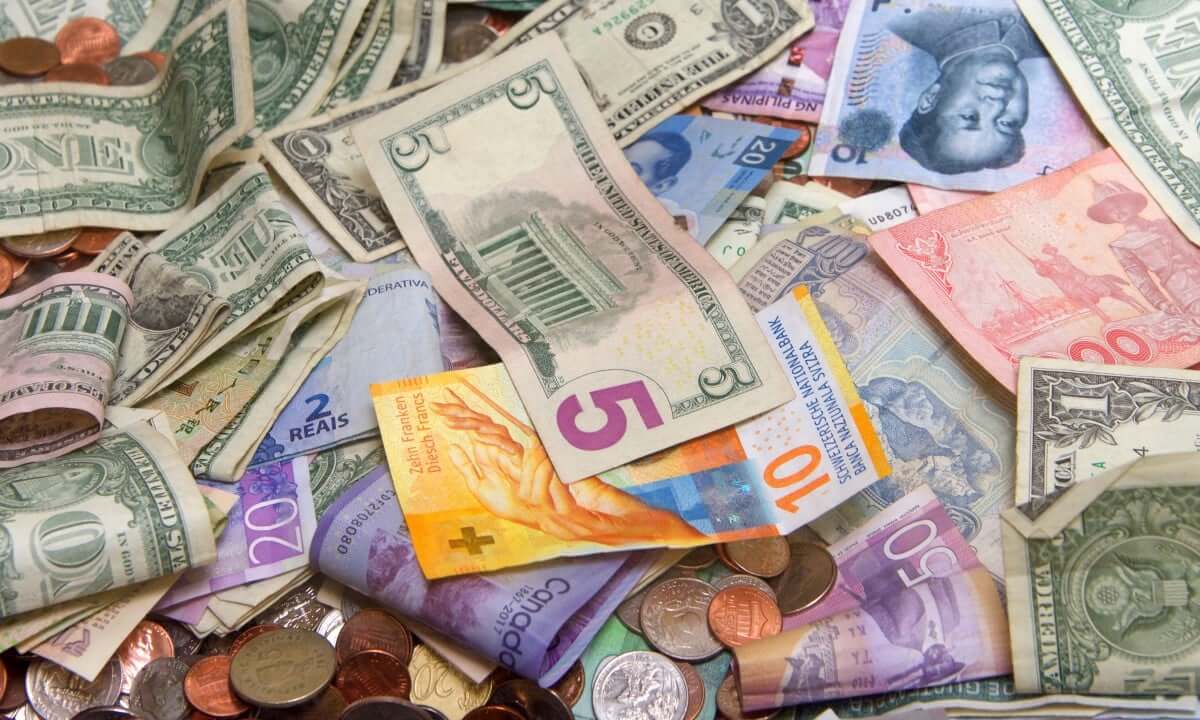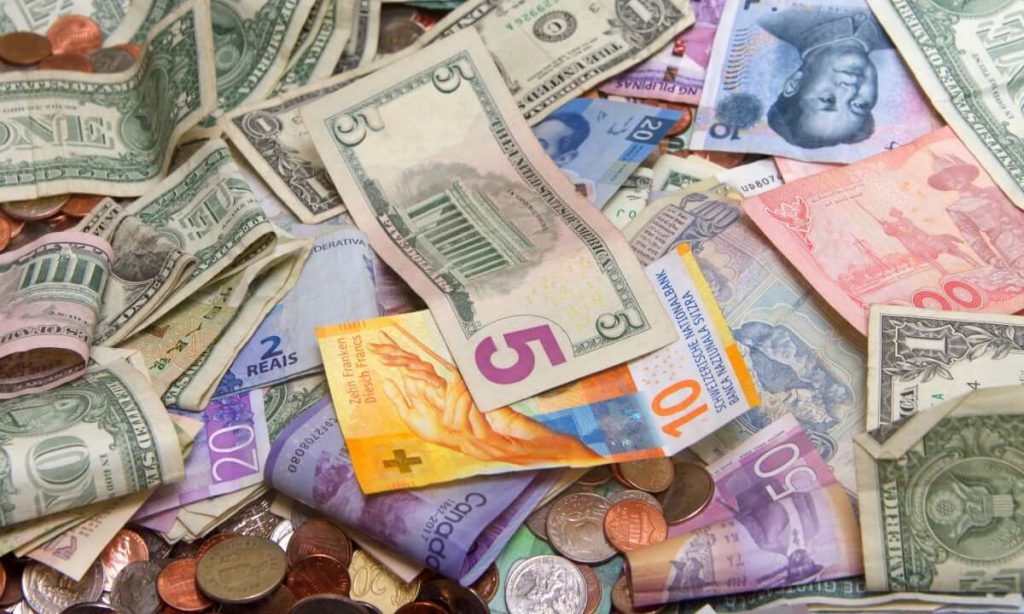
The Dollar Reaches a Five-Week High
Fed members signaled that harsh monetary tightening would likely continue before the central bank’s critical Jackson Hole conference this week. Hence, the US dollar index (DXY) rose to a five-week high on Monday.
Russia ordered a 3-day suspension of European gas supplies by the month’s end. This means that the Nord Stream 1 pipeline will not operate. Hence, the euro fell to a fresh five-week low, worsening the region’s energy dilemma.
China’s currency hit its lowest almost 2 years after the CB cut key lending rates, adding to a slew of monetary easing measures designed to bolster an economy battered by COVID-19 restrictions and a property crisis.
DXY, which compares the greenback to six rival currencies, rose 0.2% to 108.36, its highest point after mid-July.
It came after a 2.33% increase last week. This was its highest weekly gain since April 2020.
The dollar reached 6.8520 against the offshore yuan, its highest level since September 2020. Meanwhile, the euro has fallen to $1.1004. Sterling dropped 0.2% to $1.1705, closing in on Friday’s five-week low of $1.17825.
German Economy Will Suffer More
The German economy is very vulnerable to disruptions in the Russian gas supply. Most likely it will enter a recession this winter if the energy situation worsens.
The “desire” among central bankers, according to Richmond Fed President Thomas Barkin, is for faster, front-loaded rate rises. Money markets currently place a 46.5% possibility on another 75 basis point rate hike on September 22, with a 51.5% chance of a half-point increase.
The dollar climbed to 6.8308 yuan in onshore trading for the first time since September 2020 after the People’s Bank of China slashed one- and five-year lending prime rates, as predicted. It comes after it unexpectedly reduced borrowing charges last week.


